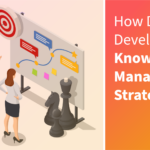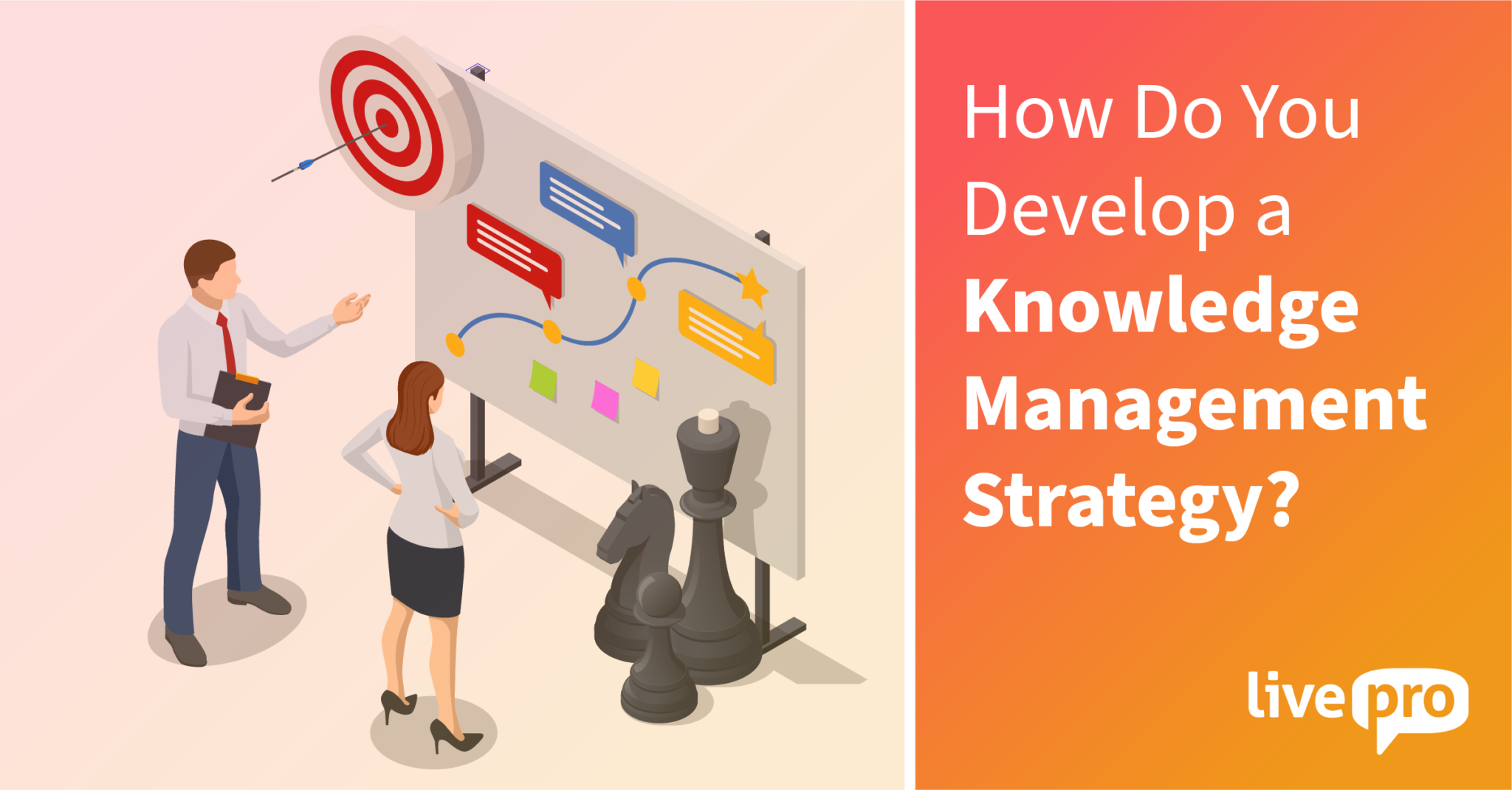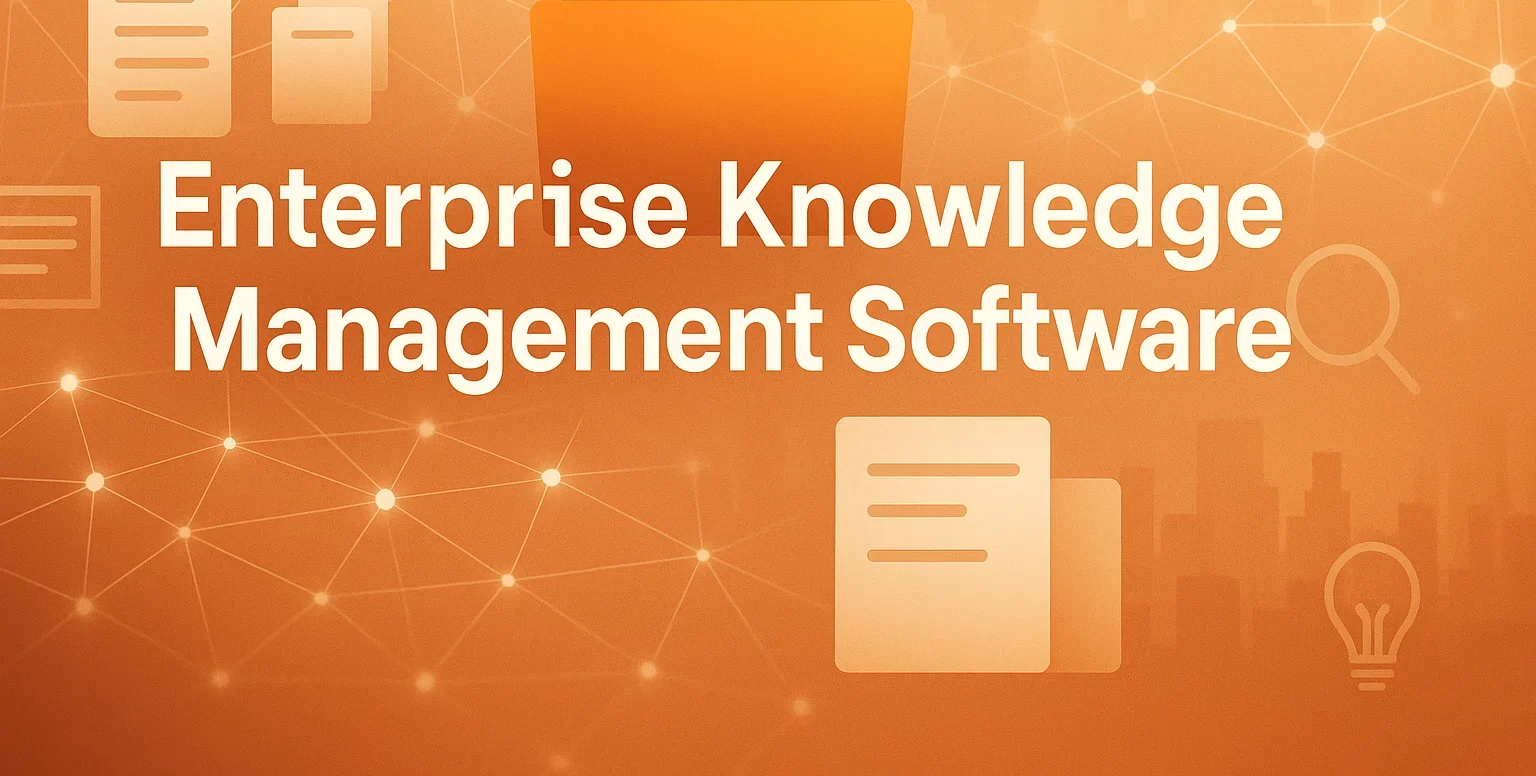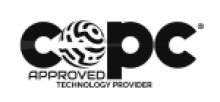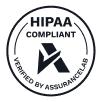A common myth in our business is that any knowledge management system enhances customer experience just as effectively, or nearly as effectively, as a customer-centric one.
By “generic” knowledge management system, we mean a solution that isn’t specifically focused on customer interactions or experiences. Instead, such a tool typically consists of a knowledge base that may or may not be integrated with other features like a ticketing system. Even worse, the system may only be a document storage system like SharePoint.
Organizations traditionally use a generic document management system as a place for everyone to upload corporate documents and records, often with minimal curation.
And depending on an organization’s knowledge process, the system may be more or less successful at preserving institutional knowledge and facilitating internal communication and collaboration.
But that’s only part of what makes CX knowledge management successful.
Take search for instance. A conventional KMS almost always offers a search function. But it may not be optimized to provide direct answers to specific customer queries. Nor might it understand the context of a user’s request or the intent behind it.
In a KMS that’s integrated with a ticketing system, for example, search might prioritize knowledge results that are already associated with a customer ticket.
But there’s an even bigger issue at play: users of your KMS—both customers and employees—may not find it effective in answering their questions and solving problems. And dissatisfaction with a system can lead to lower utilization.
That’s what we learned from a recent industry benchmarking survey of nearly 1500 customer service professionals by Smaart Recruitment.
They asked one group of participants to rate how satisfied they were (on a scale from one to five) after moving from a conventional KMS to one that’s purpose built for customer experience.
They then asked another group to rate their satisfaction after moving in the opposite direction: from a customer-centric KMS to a generic one (this may have occurred in situations where they changed companies, for example).
Those who moved to a customer-centric KMS from a generic one reported an average current satisfaction level of 4.5, compared to 2.3 previously.
And those who moved to a generic KMS from a customer-centric one reported an average current satisfaction level of 3 from 4 previously.
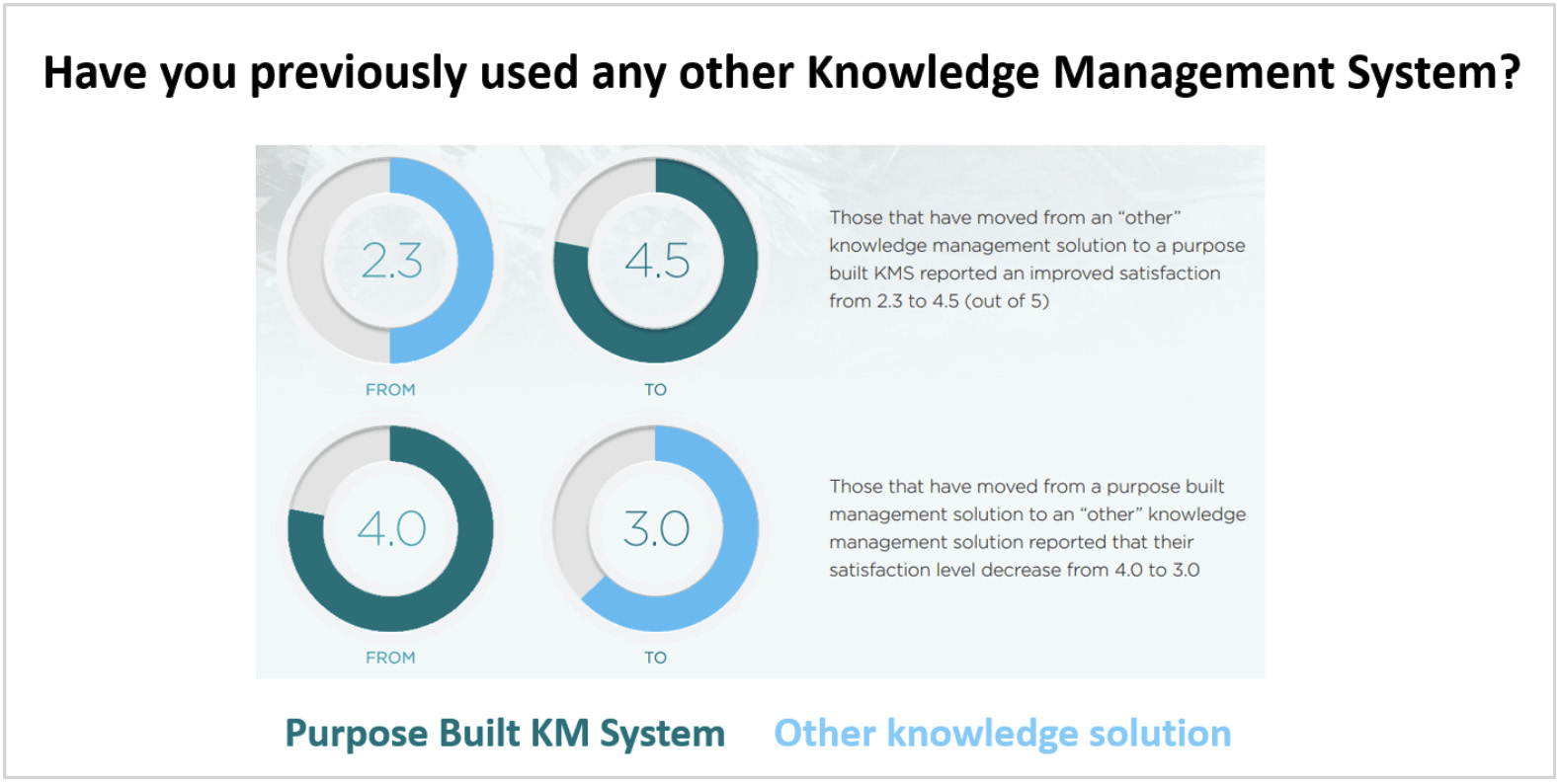
- Source: Smaart Recruitment
Satisfaction can also be understood as a kind of proxy for utilization, since a positive relationship between both has been shown to exist. Such a relationship is intuitive, as users who get what they need from a system tend to be more satisfied and return to it.
The survey revealed that users working in a customer service environment prefer a KMS that’s purpose built over a generic one, suggesting that a customer-centric KMS is more effective at elevating customer experience.
You can watch a short presentation on the Contact Centre Best Practice Report here:
Below in this article we go into detail on how to get the most out of knowledge management in a customer service environment. In particular we cover:
-
Ways in which a purpose-built KMS improves customer experience
-
Best practices for getting started with customer-centric knowledge management
Want to gain exclusive insights on how an enterprise knowledge management system can deliver a consistent customer experience?
Download Ecosystm’s global CX study.
10 Ways That Customer-Centric Knowledge Management Enhances Customer Experience
A KMS that’s designed to support users in a CX environment will improve the overall experience in a number of ways.
Keep in mind that a generalized knowledge management system may not have all the features and capabilities described below.
Provides Direct Answers
At livepro we’re fond of saying, “customers want answers not documents,” and we mean it. In customer service your system needs to deliver answers that are highly relevant in the given context, and that are succinct enough to reduce customer hold times and cognitive load.
Your answers also need to be compliant with applicable internal and regulatory frameworks.
Compare this with conventional systems that often focus on storing and organizing information as long documents that users then have to search and interpret to find answers, all while the customer waits on the phone.
Features Consistent Answers Across Channels
Your KM solution should give consistent outcomes regardless of touchpoint—whether that be telephone, website, chatbot, service team at the front counter, or email. This ensures a uniform customer experience across all channels.
An organization that embraces and upholds knowledge governance is likely to ensure such consistency. But a traditional KMS probably won’t feature a governance framework that assures answers have been cleared by the product, legal, and other departments before publication.
In contrast, livepro enables you to create review workflows on any piece of content to ensure that your knowledge is up-to-date and compliant. All changes in the system are stored and are perfectly traceable at a later date:
But it may be challenging to provide a consistent user experience with a conventional system, which typically doesn’t have connectors for easily creating a central source. The KMS may indeed offer separate tools like a knowledge base, intranet portal, and document management system, but these may require manual integration by your IT team.
And if these separate tools offer search, they may also function differently across tools. For example, your document management system may prioritize documents according to different criteria than your intranet portal.
Feedback on Answers
According to a study by Ecosystm, 75% of businesses using controlled knowledge solutions (in other words, customer-centric KM systems) have the capability to solicit feedback on answers from both agents and customers, keeping information up-to-date and relevant.
As a customer experience knowledge management system, livepro enables you to leave feedback on any answers and knowledge, thus enabling continuous improvement:
However, according to the same study, only 44% of businesses using generic KM solutions could solicit feedback from users, making it harder to improve content quality over time.
Ease of Management
The Ecosystm study similarly found that 75% of businesses using controlled knowledge solutions said it was easy for the customer service team to update the system.
Conventional systems on the other hand can be complex to manage, especially when it comes to updating and organizing content. For instance, user interfaces may be cumbersome to operate or the system may be fragmented across federated knowledge bases and intranets, requiring specialist IT skills.
Reduced Need for Training
Customer-centric knowledge management reduces the need to train employees to learn or memorize information as it provides fast and trusted direct answers to queries. This minimizes the prerequisite amount of knowledge required for interpreting the results and makes customer service staff instent experts.
On the contrary, generic KM solutions like document management systems might still require training to understand help articles for solving customer problems. Some even need training on how and where to find the information because of complex, hard to understand filing protocols
Fast and Reliable Searches
Content that’s been curated for relevance increases search efficiency, turning knowledge into answers and offering fast and reliable searches, as shown in the example with livepro below:
Search functionality in conventional KM solutions is often basic and fragmented across different tools, resulting in less relevance and requiring more effort and time to find answers.
On-Demand Reporting & Analytics
A customer-centric KMS is likely to include an extensive reporting and analytics package for better understanding knowledge effectiveness and customer behavior.
livepro offers an in-depth analytics package allowing you to drill down into user behavior:
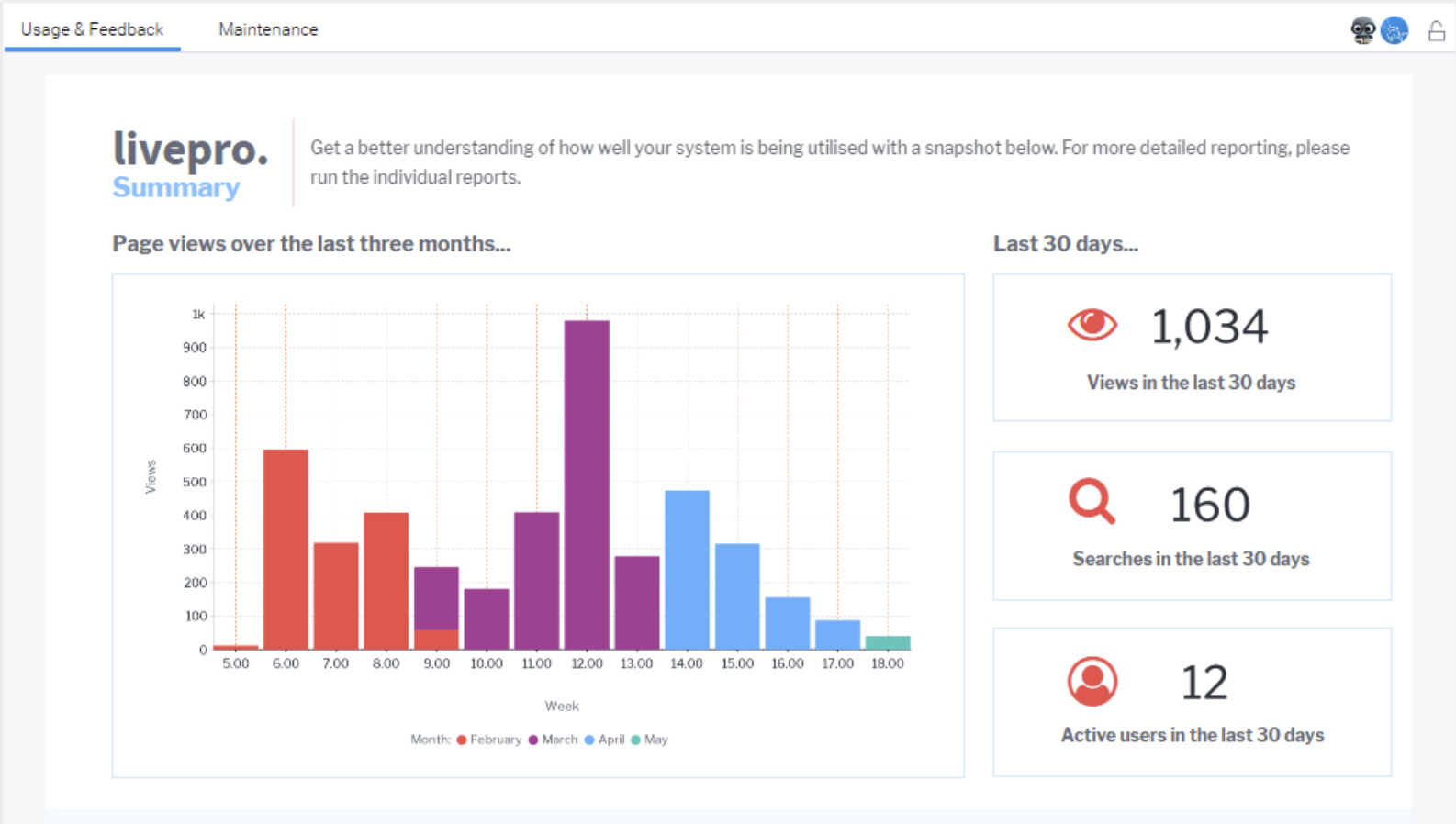
Single Source of Truth
Organizations applying a governance framework on top of a customer experience KMS basically create a central and authoritative repository serving as the trusted and definitive source of information.
This provides massive benefits in terms of consistency, accuracy, and compliance of answers, and results in time savings in searching for the right answer. It also improves decision making and collaboration.
While a conventional KMS also centralizes knowledge, it may not be as effective in ensuring that this knowledge is uniformly applied across all channels and touchpoints, potentially leading to inconsistencies in the customer experience.
Ability to Simplify Complex Processes
A KMS that’s purpose built for customer experience can help users find answers by distilling complex processes down to simple inquiries.
They typically feature intelligent search or interactive decision trees to help service agents diagnose customer issues. As an example, such a system might ask a series of follow-up questions like:
● What is the model of the product?
● How many days before the reservation date is the cancellation taking place?
● Have basic troubleshooting steps been tried?
livepro, for instance, offers interactive decision making allowing agents to “follow the bouncing ball” to the correct answer, thereby reducing cognitive effort:
On the other hand, traditional KM solutions often require the agent to manually search for, and scan relevant documents for answers to extract troubleshooting steps.
Best Practices for Effective Customer Experience Knowledge Management
Implementing a knowledge solution to improve the experience of your customers isn’t just a technology question.
It’s also about how well your knowledge practices are systematized on an organizational and a cultural level.
We recommend the following best practices to lay the groundwork for implementation of a successful KM solution:
Make Knowledge Governance a Priority
To ensure that answers are direct and relevant, we recommend that you build a governance framework to sustain the compliance, timeliness, and accuracy of your system’s content.
The processes and activities of a governance framework also assure that your repository is regarded as the single source of truth in your organization, providing consistent information across all support channels such as web, chat, and phone support.
<h3> Serve Your Team as You Do Your Customers
Providing direct answers that satisfy your employees will keep them coming back to your system and updating its content. This virtuous cycle begins with considering what knowledge should go into the system, and curating answers to ensure they’re useful.
As part of KMS implementation, livepro provides a variety of templates for defining the kinds of information you want to include in the system, effectively curating what goes into it.
Encourage a Culture of Knowledge Sharing
Successful knowledge sharing and cross-functional collaboration breaks down organizational silos and improves the overall quality of customer service knowledge.
You can encourage employees to recognize the value of sharing and utilizing knowledge through incentives, recognition, and training.
Leadership Support
Your organization’s leadership needs to be actively involved in KM implementation, communicating its importance to the organization’s strategic goals and its impact on customer experience.
Leadership support also extends to providing the necessary resources for the KMS deployment, such as budget, time, and personnel.
Measure Your Success
We recommend that you establish metrics to measure the ongoing success of your knowledge management initiatives.
Relevant KPIs used in customer experience knowledge management include:
-
Customer satisfaction (CSAT)
-
First contact resolution (FCR)
-
Average speed of answer (ASA)
-
Net promoter score (NPS)
-
Average handle time (AHT)
Reconsider Using a Generic Knowledge Solution
A study by Harvard Business Review revealed that customers who had exceptional previous experiences with a company tend to spend 140% more than those who had the most unsatisfactory past experiences.
Underpinning your entire customer support organization should be a knowledge solution that’s purpose built for CX. A KM system like livepro that’s designed to serve customer experience settings, supports both employees and customers with answers to make better decisions.
Using a conventional knowledge management system in a CX setting risks providing less efficient service for your customers, potentially impacting their loyalty and your bottom-line revenue.
